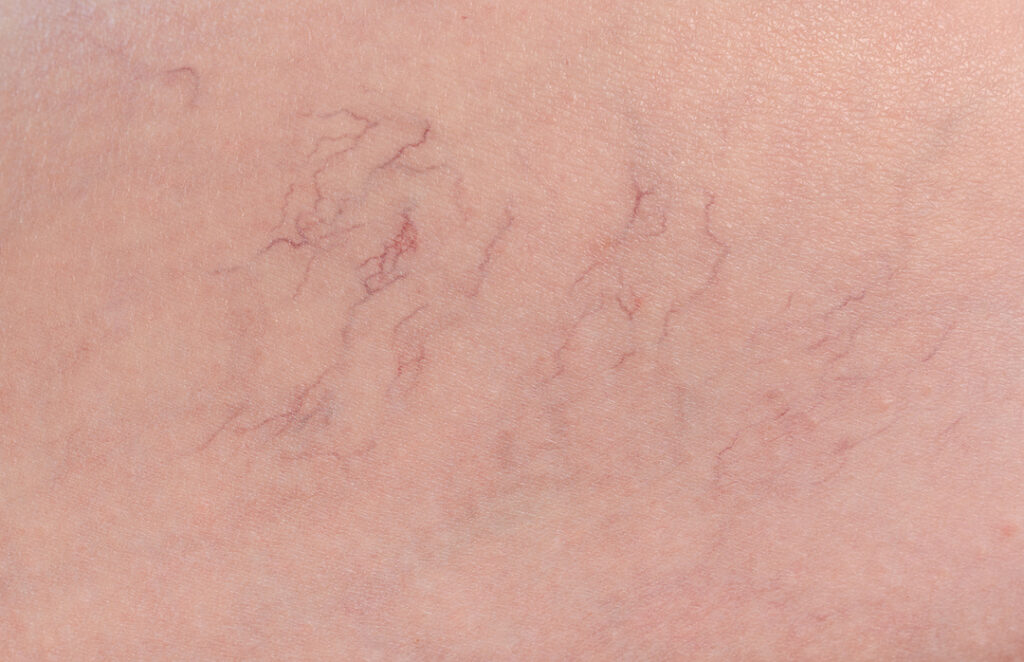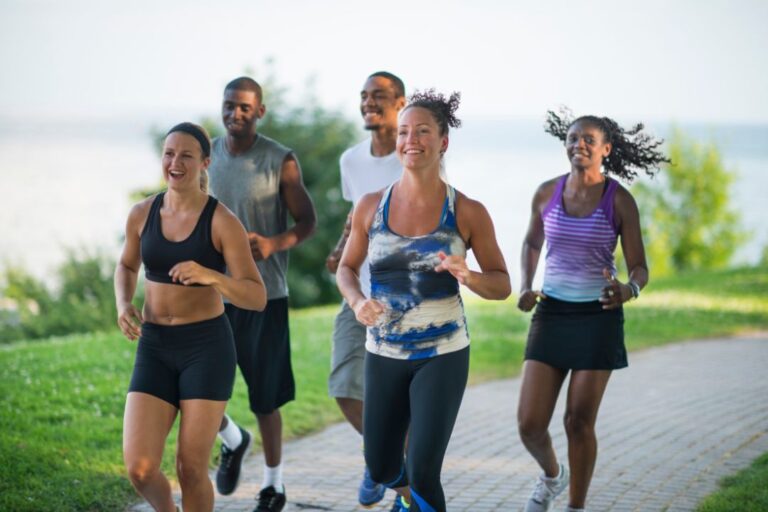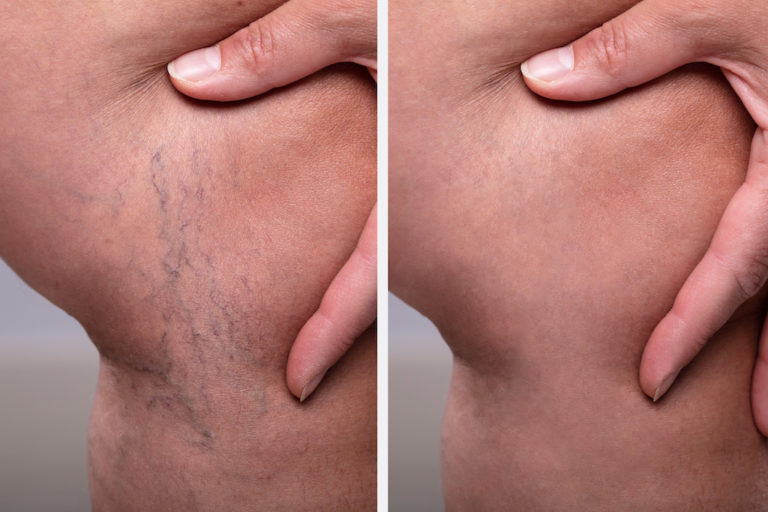5 Things You Need To Know About Spider Veins
 What you don’t know about spider veins can hurt you. Here are 5 things you need to know about this surprisingly common condition.
What you don’t know about spider veins can hurt you. Here are 5 things you need to know about this surprisingly common condition.
#1 What Spider Veins Are
Spider veins, most often in the legs, are vessels visible just under the skin up to 1 mm in size. They are commonly known as thread veins or broken veins. The medical term for spider veins is telangiectasia.
#2 What Spider Veins Look Like
Spider veins appear bluish or purple in snakelike patterns. They are frequently found on the outer thigh, inner calf, and around the ankle, but can occur anywhere on the leg.
#3 Causes
Many people get spider veins because they sit or stand for long periods most days of the week. These veins also become more common with age and during pregnancy. They can also be caused by sunlight, hormonal changes, or an injury.
#4 When Spider Veins Are a Problem
For most people, just the appearance of these unsightly veins is the problem. Having spider veins can cause embarrassment, poor self-esteem and lack of confidence. Those who have them need no other reason than that to seek help. Symptoms such as leg ache, throbbing and swelling may also cause concern and motivate one to consider treatment.
Spider veins around the ankle should always be taken seriously, as they may indicate a major problem with the function of veins below the skin. This condition, called “Corona Phlebectatica,” is also known as ankle flare. If you have lots of these veins around your ankles, you should be evaluated as soon as possible.
#5 Treatment
Patients without symptoms, ankle flare, or varicose veins can be often be treated by Micro-injections (Microsclerotherapy). Microsclerotherapy involves a very delicate injection procedure in which a special prescription medicine, called a sclerosant, is inserted into the vein. As such, it requires skill and accuracy. This form of sclerotherapy works by removing the delicate lining of the spider veins. After the procedure, you will observe the beginning of a healing process causing the vein to fade and disperse.
Of all of the things you need to know about spider veins, the most important is whether or not you have them. Only then will you know what to do to improve your vein health.








It’s nice that you pointed out how many people get spider veins because they sit or stand for long periods most days of the week. I was talking with my sister the other day and it seems she is quite troubled about the spider veins on her legs. Thankfully there are treatments that could eliminate spider veins so maybe she should try it out.